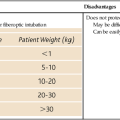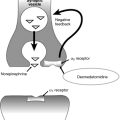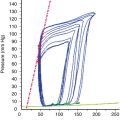Epidural steroid injection for low back pain
Medications used
Steroids commonly used in ESI include triamcinolone, methylprednisolone, betamethasone, and dexamethasone (Table 217-1) and are often combined with a local anesthetic agent, such as lidocaine, bupivacaine, or ropivacaine.
Table 217-1
Steroids Commonly Used for Epidural Injection
| Drug | Dose (mg) |
| Betamethasone | 4-12 |
| Dexamethasone | 4 |
| Methylprednisolone acetate | 40-80 |
| Triamcinolone diacetate | 50-80 |
Contraindications and adverse effects
The use of ESI is associated with a variety of adverse effects (Box 217-1) and is not without risks that must be weighed when assessing the potential benefits. The risks can be divided among those related to placement of the needle and to the adverse effects associated with the drugs. As with the placement of any epidural needle, dural puncture (spinal headache), intrathecal (or intravascular) injection of drug, bleeding and hematoma, infection (e.g., meningitis, abscess), and direct trauma to the cord, nerve roots, or nerves can occur. There are isolated case reports of pneumothorax and quadriplegia or paraplegia occurring.







